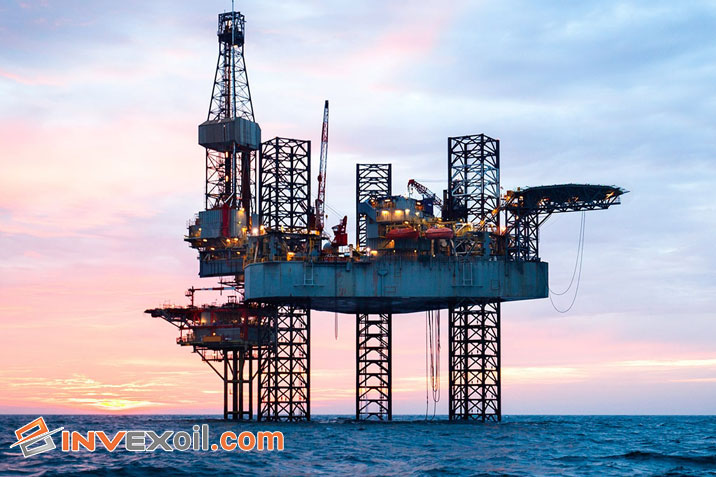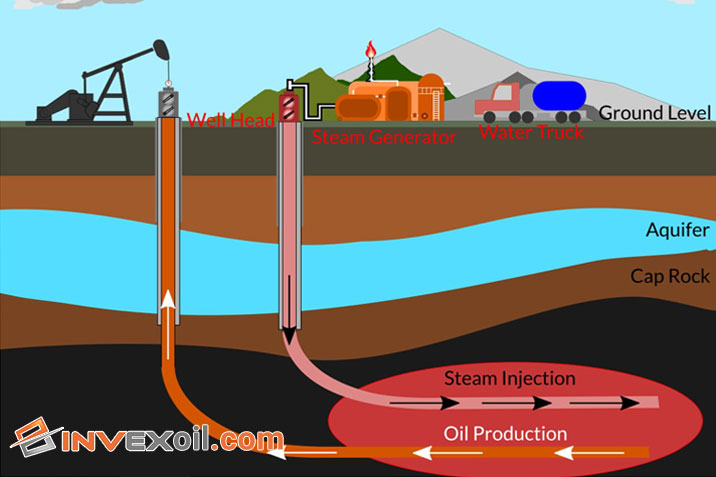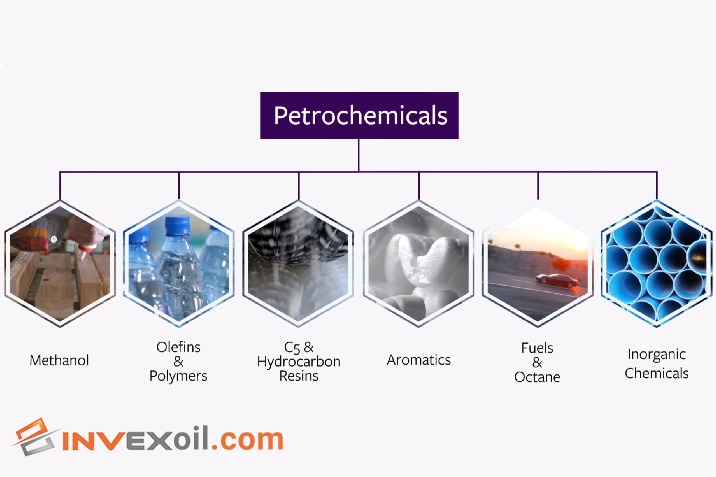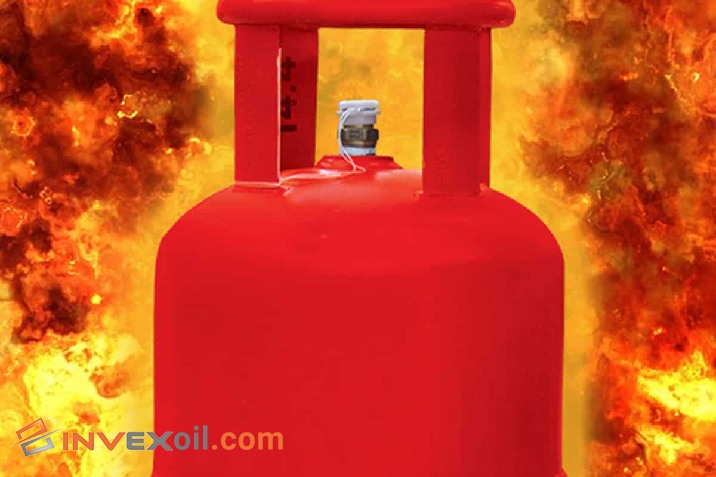The extraction of petroleum plays a pivotal role in ensuring a steady supply of this valuable resource. Through drilling and exploration techniques, petroleum reserves are discovered and tapped into, enabling the extraction process to begin. Efficient extraction techniques optimize production rates and allow for the recovery of significant quantities of petroleum from underground reservoirs. This process not only supports energy production but also contributes to job creation, economic stability, and technological advancements in the oil, gas industry and oil re-refinery.
Table of Contents
Primary Methods of Petroleum Extraction
Petroleum extraction involves various methods to recover this valuable resource from the Earth’s subsurface. These methods can be broadly categorized into traditional and modern techniques.
Traditional Methods of Petroleum Extraction
Traditional methods of petroleum extraction have been employed for many years and have played a crucial role in meeting global energy demands. One such vital technique is drilling, which involves creating boreholes to access underground oil and gas reservoirs. Drilling utilizes advanced equipment and technology to penetrate the Earth’s layers and reach the petroleum-rich zones.
Drilling, A Vital Technique in Petroleum Extraction!
Drilling is a vital technique in the extraction of petroleum. It involves the use of drilling rigs and equipment to create wells that penetrate the Earth’s crust. Specialized drill bits are employed to cut through different rock formations, allowing access to reservoirs containing oil and gas. Drilling techniques may vary depending on factors such as the depth, location, and characteristics of the reservoir.
Exploring Reservoirs, The Key to Successful Extraction!
Exploring reservoirs is a crucial step in the petroleum extraction process. Geoscientists and engineers use various methods, including seismic surveys and well logging, to study the underground formations and identify potential reservoirs. Understanding the structure and composition of reservoirs enables efficient extraction planning and resource optimization.
Well Completion, Ensuring Effective Extraction!
Well completion is an essential phase in petroleum extraction. It involves the installation of wellbore equipment and completion techniques to enable efficient fluid flow from the reservoir to the surface. Components such as casing, tubing, and valves are carefully designed and installed to ensure well integrity, productivity, and safety during the extraction process.
Artificial Lift Methods, Boosting Production!
Artificial lift methods play a significant role in enhancing petroleum production. As reservoir pressure declines, these methods are employed to lift the oil to the surface. Techniques such as electric submersible pumps, rod pumps, and gas lift systems increase the reservoir’s productivity and maintain a steady flow of petroleum.
In this section, we have explored traditional methods extraction of petroleum, including the vital technique of drilling. We have also discussed the importance of exploring reservoirs to identify potential sources of petroleum. Furthermore, we have highlighted the significance of well completion in ensuring effective extraction and the role of artificial lift methods in boosting production.
Modern Methods of Petroleum Extraction
With advancing technology, modern methods of petroleum extraction have revolutionized the industry, optimizing extraction efficiency and accessing previously untapped resources.
Enhanced Oil Recovery (EOR): Optimizing Extraction Efficiency
Enhanced Oil Recovery (EOR) techniques aim to maximize the extraction of petroleum from reservoirs. Methods such as thermal, chemical, and gas injection help improve fluid mobility and displace oil, leading to higher recovery rates and increased production efficiency.
Hydraulic Fracturing: Unconventional Extraction Techniques
Hydraulic fracturing, or fracking, is an unconventional extraction technique that involves injecting high-pressure fluids into rock formations to create fractures. This process allows for the release of trapped petroleum and natural gas, expanding the scope of extractable resources.
Offshore Drilling: Extracting Petroleum from Underwater Reserves
Offshore drilling involves extracting petroleum from underwater reserves, often found beneath the ocean floor. Advanced drilling platforms and equipment enable the exploration and production of oil and gas in challenging offshore environments, contributing to the global energy supply.
Exploring Petroleum Reservoirs
Exploring petroleum reservoirs is a vital step in the extraction process. It involves identifying potential reserves and evaluating their characteristics to determine their viability for oil and gas production.
Prospecting for Petroleum Reserves
Prospecting for petroleum reserves involves a systematic approach to identifying areas with the highest potential for oil and gas accumulation. Geologists and geoscientists analyze geological formations, surface features, and historical data to pinpoint areas where the extraction of petroleum is likely to be successful.
Geophysical Methods for Locating Reservoirs
Geophysical methods play a crucial role in locating petroleum reservoirs. Seismic surveys use sound waves to map subsurface structures, providing valuable insights into the presence and extent of oil and gas deposits. Gravity and magnetic surveys detect subsurface anomalies, helping identify potential reservoirs. Well logging involves evaluating reservoir properties by examining rock samples and data collected during drilling operations.
| Geophysical Method | Pros | Cons |
| Seismic Surveys | High resolution, detailed imaging | Limited depth penetration, expensive |
| Gravity Surveys | Effective for large-scale mapping | Less detailed, influenced by local geology |
| Magnetic Surveys | Rapid data collection, cost-effective | Sensitivity to near-surface interference |
| Electromagnetic Surveys | Detects conductive anomalies | Limited resolution in complex environments |
Seismic Surveys: Mapping Subsurface Structures
Seismic surveys employ sound waves to create detailed images of subsurface structures. By analyzing the reflected waves, geoscientists can identify potential reservoirs, estimate their size, and understand the geological characteristics of the formations.
| Seismic Wave Type | Characteristics |
| P-Waves | Fastest seismic waves, longitudinal motion, travel through solids and liquids |
| S-Waves | Slower than P-waves, transverse motion, travel only through solids |
| Surface Waves | Slowest seismic waves, produce rolling and shaking motion at the surface |
| Rayleigh Waves | Cause a vertical, elliptical motion of particles on the surface |
| Love Waves | Produce a horizontal, side-to-side motion at the surface |
Gravity and Magnetic Surveys: Detecting Subsurface Anomalies for extraction of petroleum
Gravity and magnetic surveys detect variations in the Earth’s gravitational and magnetic fields caused by subsurface structures. These surveys help identify anomalies that may indicate the presence of oil and gas reservoirs, assisting in the exploration and evaluation process.
Well Logging: Evaluating Reservoir Properties
Well logging involves the collection and analysis of data from rock samples and downhole measurements during drilling operations. This technique provides valuable information about reservoir properties such as porosity, permeability, and fluid content, helping determine the commercial viability of extracting petroleum from the reservoir.
| Well Logging Tool | Function |
| Gamma Ray Logger | Measures natural radiation emitted by rocks |
| Resistivity Sonde | Determines the electrical resistivity of rock |
| Caliper Tool | Measures the diameter of the wellbore |
| Sonic Tool | Measures the speed of sound in the formation |
| Density Tool | Measures the density of the formation |
| Neutron Tool | Measures the hydrogen content of the formation |
| Porosity Tool | Calculates the porosity of the rock formation |
| Formation Tester | Collects fluid samples and pressure data |
| Temperature Tool | Measures the temperature of the formation |
| Pressure Tool | Measures the pressure of the formation |
Drilling Techniques in Petroleum Extraction
Drilling Techniques in petroleum extraction play a crucial role in accessing and extracting valuable resources from the Earth’s subsurface. These techniques employ various methods to reach and maximize the production from petroleum reservoirs.
Comparisons of Different Drilling Techniques
| Drilling Technique | Key Features |
| Rotary Drilling | Efficient, stable, and widely used method |
| Directional Drilling | Accesses inaccessible reservoirs |
| Horizontal Drilling | Maximizes reservoir contact and production |
| Multilateral Drilling | Enhances production from multiple zones |
Rotary Drilling, Core Component of Petroleum Extraction!
Rotary drilling is a fundamental technique used in the extraction of petroleum. It involves the use of a rotating drill bit to penetrate the Earth’s crust and reach the reservoirs. This method allows for efficient drilling and enables extraction by creating boreholes that can reach significant depths. Rotary drilling ensures the stability of the wellbore and provides a pathway for other extraction processes.
Directional Drilling, Reaching Inaccessible Reservoirs!
Directional drilling is an innovative technique employed to access petroleum reservoirs that are difficult to reach using vertical drilling alone. By controlling the trajectory of the drill bit, directional drilling enables extraction from inaccessible or remote locations. This method offers increased efficiency and precision, reducing the environmental footprint while maximizing resource recovery.
Horizontal Drilling (Maximizing Reservoir Contact)
Horizontal drilling is a revolutionary technique used to enhance extraction from reservoirs. It involves drilling horizontally within the reservoir, parallel to the rock layers, to increase the contact area with the hydrocarbon-bearing formations. This method significantly improves production rates by accessing a larger volume of the reservoir.
There are some Advantages and Disadvantages of Horizontal Drilling in this table.
| Advantages | Disadvantages |
| Increased contact with reservoir | Higher initial costs |
| Enhanced production rates | Complex well design and planning |
| Access to previously untapped regions | Increased drilling time and complexity |
| Maximizes resource recovery | Potential challenges in wellbore stability |
| Improved reservoir drainage efficiency | Requires advanced drilling and completion methods |
Enhancing Production from Multiple Reservoir Zones
Multilateral drilling is a technique employed to optimize production from multiple reservoir zones using a single wellbore. It involves the creation of additional branches or lateral boreholes from the main wellbore, allowing for extraction from different regions simultaneously. This method maximizes resource recovery by accessing and producing from multiple reservoirs, increasing overall productivity.
Artificial Lift Methods: Increasing Production Rates
Artificial lift methods play a vital role in the extraction of petroleum by increasing production rates when natural reservoir pressure declines. These methods employ various techniques to lift the oil to the surface, optimizing production efficiency.
Rod Lift: Simple and Effective
Rod lift is a widely used artificial lift method known for its simplicity and effectiveness. It involves a series of sucker rods and a surface-driven pump, which mechanically lifts the oil to the surface. Rod lift is suitable for shallow to medium-depth wells and is particularly effective in low-volume production scenarios.
This table is about Rod Lift Operating Parameters and Guidelines for easy reading.
| Parameter | Guideline |
| Pumping Unit Load | 80-90% of maximum |
| Stroke Length | Optimized based on well depth and fluid properties |
| Pumping Speed | Adjusted for desired production rate |
| Tubing Size | Determined by wellbore diameter and production requirements |
| Sucker Rod Material | Chosen based on well conditions and corrosion resistance |
Electrical Submersible Pump (ESP): Efficient extraction of petroleum
The electrical submersible pump (ESP) is a highly efficient artificial lift method used in high-production rate and deep wells. It consists of a downhole pump driven by an electric motor. ESPs are capable of handling large flow rates and are effective in extracting oil from challenging reservoirs.
Factors Affecting ESP Performance are gathered in this table.
| Factor | Impact on ESP Performance |
| Fluid Viscosity | Higher viscosities can reduce pump efficiency |
| Gassy Fluids | Gas interference can affect pump performance |
| Sand and Solids | Abrasive particles can damage pump components |
| Temperature | High temperatures can impact motor and cable performance |
| Well Deviation | High deviations can affect pump alignment and operation |
Gas Lift: Utilizing Compressed Gas
Gas lift is an artificial lift method that utilizes compressed gas injected into the wellbore to reduce the hydrostatic pressure and lift the oil to the surface. It is commonly employed in wells with high gas-to-liquid ratios. Gas lift systems offer flexibility and can be optimized for varying well conditions.
We Compare some Gas Lift Systems in this table.
| Gas Lift System | Description |
| Continuous Flow Gas Lift | Continuous injection of gas to lift the oil |
| Intermittent Gas Lift | Periodic gas injection to optimize production |
| Plunger Lift | Uses a plunger to mechanically lift the oil |
| Velocity String Gas Lift | Uses a velocity string to control gas flow rates |
| Gas Lift Valves | Utilizes valves to control gas lift operations |
Well Completion and Production Operations
Well completion and production operations are essential phases in the extraction of petroleum, ensuring the integrity of the wellbore and optimizing flow rates for efficient production.
| Artificial Lift Method | Applications |
| Rod Pumping | Suitable for shallow to medium-depth wells |
| Electric Submersible Pump | Effective in high-production rate and deep wells |
| Gas Lift | Used for wells with high gas-to-liquid ratios |
| Progressive Cavity Pump | Suitable for heavy and viscous oil reservoirs |
| Plunger Lift | Used for wells with intermittent or low production |
Casing and Cementing: Securing the Wellbore
Casing and cementing are crucial steps in well completion that involve the installation of steel casing and cement to secure the wellbore. The casing provides structural support, prevents formation collapse, and isolates different geological zones. Cementing creates a barrier between the casing and the formation, ensuring zonal isolation and preventing fluid migration.
Well Stimulation: Optimizing Flow Rates!
Well-stimulation techniques are employed to enhance the flow rates of petroleum from the reservoir to the wellbore. It involves various methods to increase permeability and improve production. Two common methods are acidizing and hydraulic fracturing.
Acidizing, Enhancing Permeability
Acidizing is a well-stimulation technique that involves injecting acid into the formation to dissolve and remove mineral deposits and other obstructions. This process helps enhance permeability by widening the channels for petroleum to flow, thereby increasing production rates.
Hydraulic Fracturing, Creating Conductive Pathways
Hydraulic fracturing, also known as fracking, is a technique used to create conductive pathways within the reservoir by injecting fluids at high pressure. This process fractures the rock formations, allowing petroleum to flow more freely. It helps access otherwise inaccessible resources, maximizing extraction of petroleum efficiency.
Conclusion
In conclusion, this comprehensive article on the extraction of petroleum provides valuable insights into the methods and significance of obtaining this vital resource. Covering both traditional and modern techniques, readers have gained a deeper understanding of drilling, reservoir exploration, well completion, and artificial lift methods.
FAQ
How is petroleum extracted?
Petroleum is extracted by drilling wells into underground reservoirs and utilizing various techniques like hydraulic fracturing and enhanced oil recovery (EOR).
What are the traditional methods of petroleum extraction?
Traditional methods include drilling wells, exploring reservoirs, completing wells with casing and cementing, and utilizing artificial lift methods to boost production.
What are the modern methods of petroleum extraction?
Modern methods involve enhanced oil recovery (EOR) techniques, such as steam injection and CO2 flooding, hydraulic fracturing (fracking), and offshore drilling for underwater reserves.

Hello, This is Matteo Hudson Copywriter from InvexOil. We are here to provide super-important content to help you learn more easily and be involved in the world of Petroleum and Chemistry. We are here to answer your questions, help you to have better services, and also find the best solution for your problems. Don’t be shy and ask your questions in the comment box or call our number. If you want to connect with me directly, you can search for my name on Linkedin.





